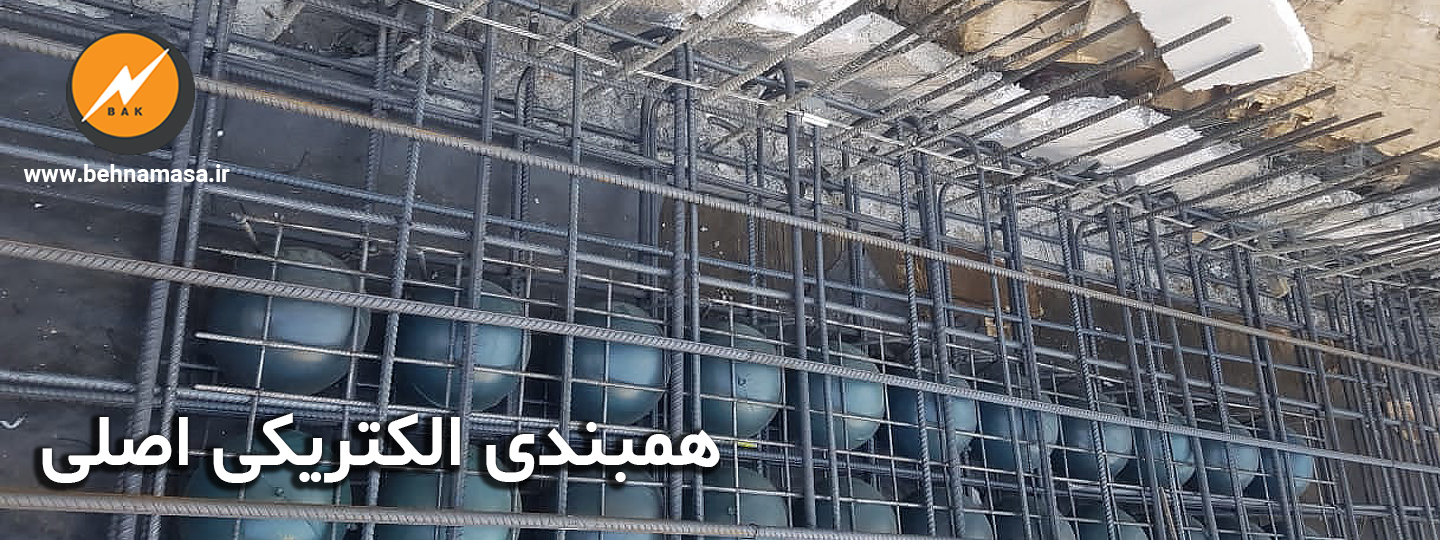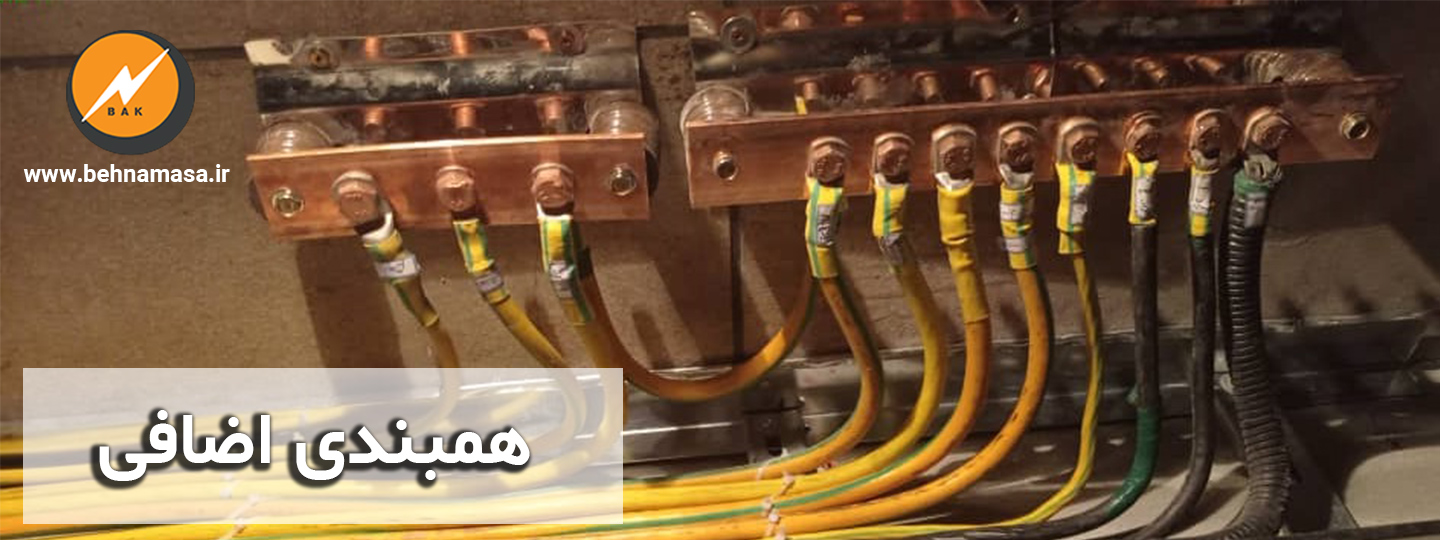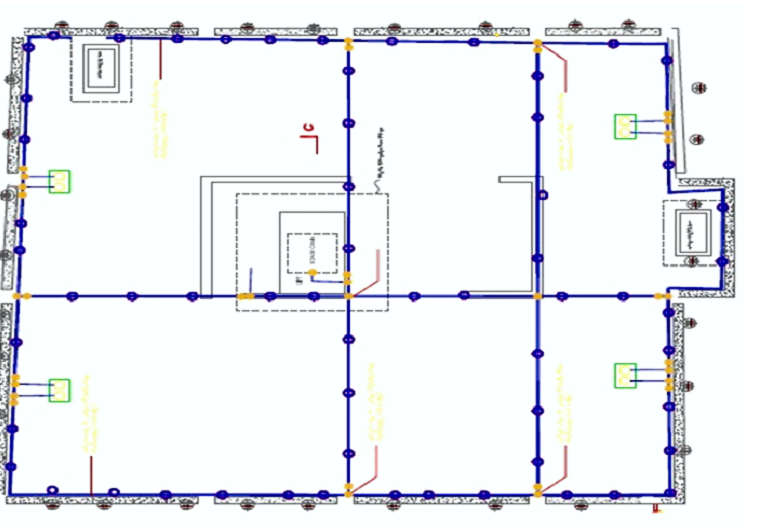Electrical bonding in structures

What is an electrical connection?
Wherever there is talk of connection, the meaning of main and additional connection is raised.
The main joints of all steel installations and steel structures and reinforced concrete structures of the structure are connected to each other and are attached to the main floor of the building.

Photo of the main electrical connection
Additional connectivity
All metal installations inside the building or factory or electrical substations such as water, gas and sewage pipes, power cable shields and telephones and false ceilings are connected and in special environments such as bathrooms and toilets, kitchens, swimming pools, operating rooms, livestock farms and many more. It is done from places and facilities.

Additional attachment photo
What are the benefits of bonding?
The connection is not fancy and all types of structures (metal, concrete and composite) in all roofs and columns need to be connected.
Introducing a new method in electrical bonding in concrete structures
Today, due to the high advantages of these structures are used in combination. The important point is the correct connection of all metal components of the structure to each other.
Steps of bonding in concrete structures:
First design steps:
The most important step is the optimal design of the connection in compliance with the standards. It is better to prepare and estimate the goods and equipment before connecting, and then install and execute, and finally draw the final map in case of changes in the original map.

Electrical connection map in concrete foundation
In this map, the main connection path is marked in blue, and the circles are metal connections that connect the connection to the structure, and in order to connect and test the connection, four boxes have been installed in each floor. This has been done in all floors.
Procurement of required goods
The most important device in the conductor connection is the connector. At present, bare copper conductor (wire) size 25 mm square and structural rebars and randwire with a diameter of 10 mm are also used, as well as bare steel conductor (wire) size 50 mm square, each of which has advantages. And it has its drawbacks.
We also need metal connections that connect the connecting conductor to the structure. For this purpose, various types of clamps, clamps, and clamps have been made, which are used based on the type of connecting conductor and the conditions of the structure and the taste of the designer or executor.
Installation and implementation of electrical connections
A. In the foundation
Just when the structural reinforcements, whether the foundation floor or the roof of the floors or columns, are closed and need to be concreted, the bonding team arrives at the site and starts working according to the plan, and the steps are as follows:
3-1 – Based on the length of the structure, the surrounding conductor is prepared and placed around the structure.
3-2 – Based on the height of the main pillars of the four corners of the building and a common pillar in the elevator and stairs of the building (if the distance between the pillars of the corner of the building is more than 20 meters more columns are needed) according to the height of the building and a little more The wire or conductor inside the column is expected as expected, but if rebar is used, this is not easily possible.
3-3 – Based on the length of the structure of the elevator and the stairs, the surrounding conductor is prepared and placed around them (of course, if there is more than one elevator, all of them are needed) and it is better to install a conductor or plate at the exit.
4- Connecting the conductors of the columns and the surrounding conductors to each other using different types of fasteners
3-5 Connecting the connecting conductors around the structure to the structure itself using different types of fasteners
3-5 Connection of connection conductors around the elevator and stairs of the structure to the structure itself using various clamps
3-6 Connecting the connecting wires inside the columns using different types of fasteners
3-7 After installing the connection clamps, now it is time to install the connection plate or conductor, and in this step, we must use a method to branch the connection conductor in order to get the output from the connection.
3-8- At this stage, all wires or conductors should be connected to the hot-dip galvanized reinforcement wire once every one meter.
B- Classes


